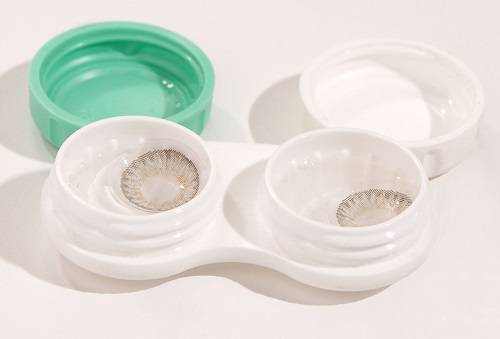Crystalens Accommodating Intraocular Lenses (IOLs) are advanced lenses used during cataract surgery to replace the eye’s natural lens. Unlike traditional IOLs, which provide a fixed focus, Crystalens lenses mimic the eye’s natural focusing ability, allowing patients to see at multiple distances. This unique feature makes them a popular choice for individuals seeking independence from glasses post-surgery.
Patient Satisfaction Rates
How Do Crystalens IOLs Work?
Crystalens IOLs utilize the ciliary muscle—the same muscle responsible for focusing your natural lens. These lenses are designed to flex and move slightly within the eye, providing a range of vision from near to far. By harnessing the natural dynamics of the eye, they eliminate the need for external corrective measures in many cases.
Who Can Benefit From Crystalens?
- Cataract Patients: For individuals undergoing cataract surgery, Crystalens offers an opportunity to regain clear vision across various distances.
- Presbyopia Sufferers: Middle-aged individuals dealing with presbyopia (difficulty focusing on close objects) can benefit from the multi-focal capabilities of these lenses.
- Active Lifestyles: Those who value glasses-free living for activities like reading, driving, or sports find these lenses particularly appealing.
Are Crystalens IOLs Better Than Traditional IOLs?
| Feature | Crystalens IOLs | Traditional IOLs |
|---|---|---|
| Range of Vision | Near, intermediate, and far | Fixed focus (usually far) |
| Independence | High (fewer glasses needed) | Moderate to low |
| Dynamic Movement | Yes | No |
| Cost | Higher | Lower |
While Crystalens IOLs offer significant advantages, they are not without limitations, including higher costs and potential for halos or glare in low-light settings.
What Are the Risks?
Though generally safe, Crystalens IOLs carry some risks, including:
- Capsular Opacification: A clouding of the membrane around the lens, treatable with a laser.
- Glare and Halos: These may occur, especially in low-light conditions.
- Surgical Risks: As with any surgery, there is a minor risk of infection or inflammation.
Prevalence of Side Effects
| Side Effect | Prevalence (%) |
|---|---|
| Glare | 40% |
| Halos | 35% |
| Capsular Opacification | 25% |
| Infection | 5% |
What Do Patients Say?
Most Crystalens users report significant satisfaction, noting improved vision across distances. Many appreciate the reduced dependence on glasses and the ability to seamlessly transition between activities.
Did You Know?
Crystalens was the first FDA-approved accommodating IOL, introduced in 2003. It’s still considered a gold standard for vision correction surgery.
Are Crystalens Worth the Investment?
The cost of Crystalens accommodating IOLs can range from $3,000 to $5,000 per eye, depending on the clinic and surgeon’s expertise. While this is higher than traditional IOLs, many patients find the long-term benefits—including fewer expenses on glasses and improved quality of life—to be worth it.
Cost Breakdown
Editorial Advice
If you’re considering Crystalens accommodating IOLs, consult with a qualified ophthalmologist to discuss your specific needs and expectations. Ensure your surgeon has experience with these advanced lenses, as their placement is critical to achieving optimal results. Remember, the decision to invest in your vision is also an investment in your lifestyle and overall well-being.





